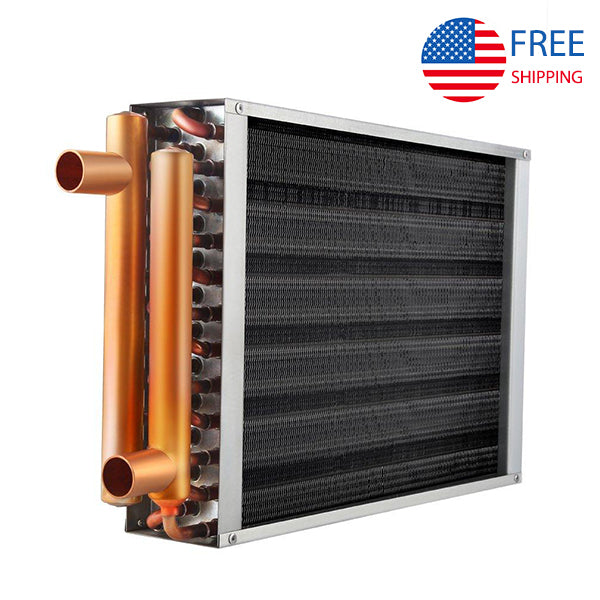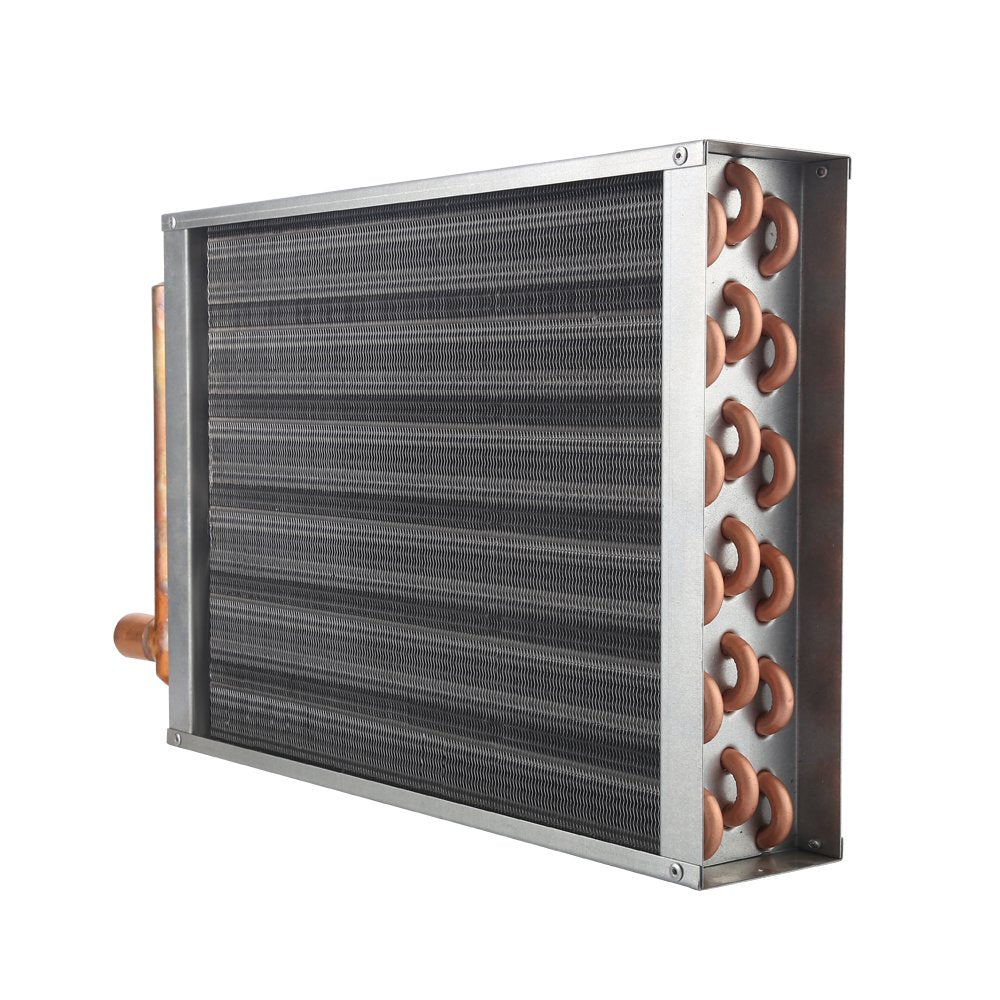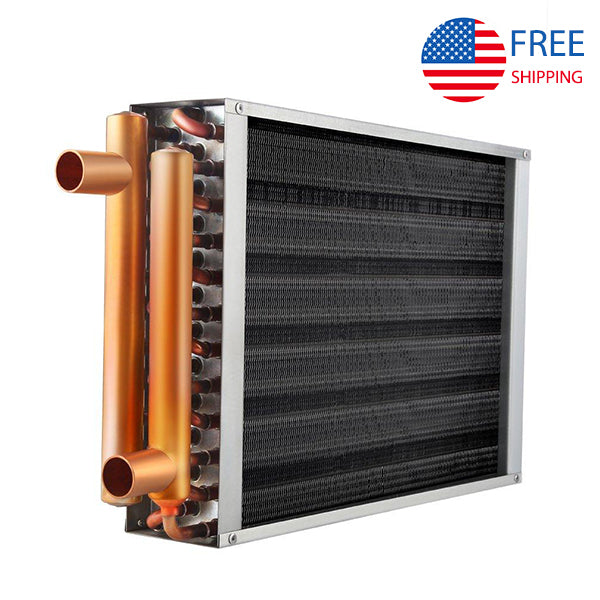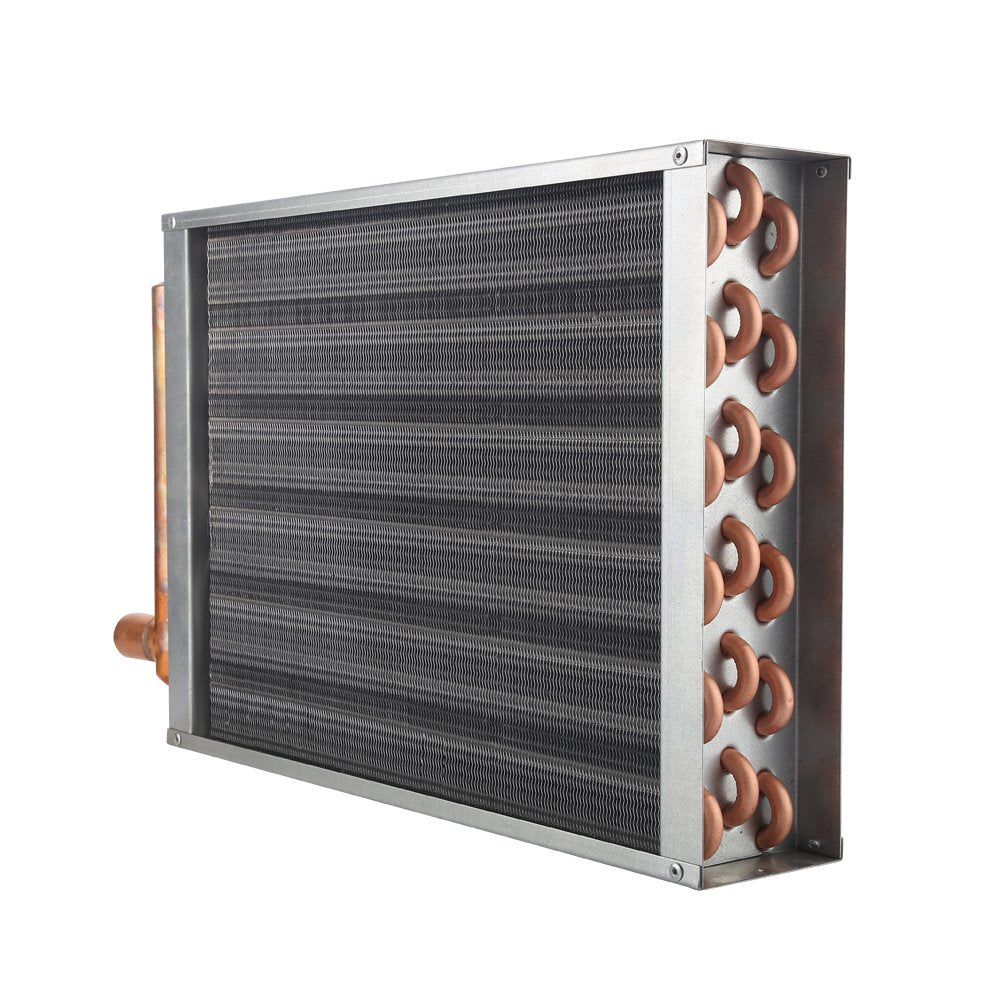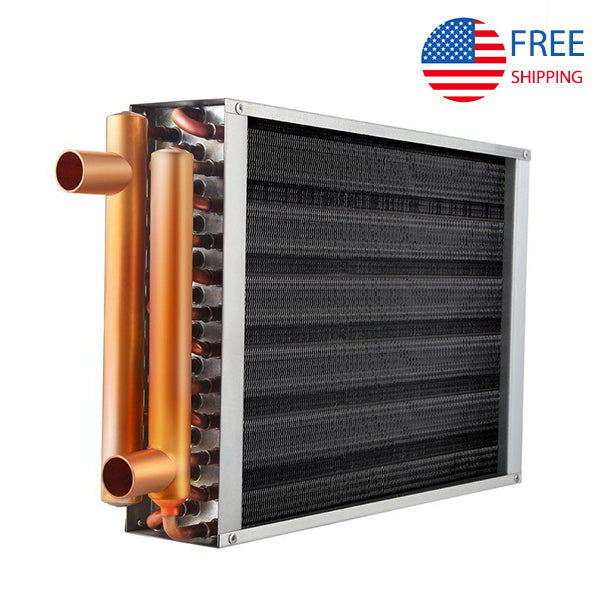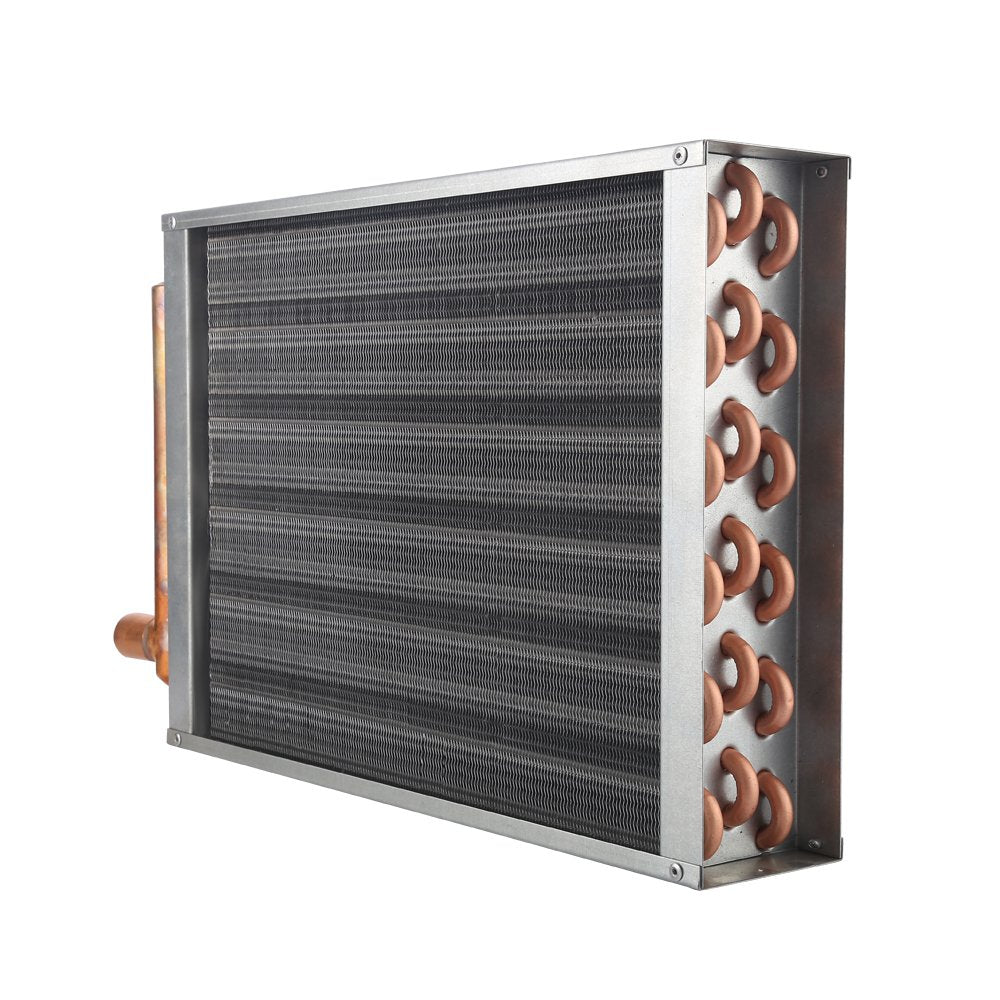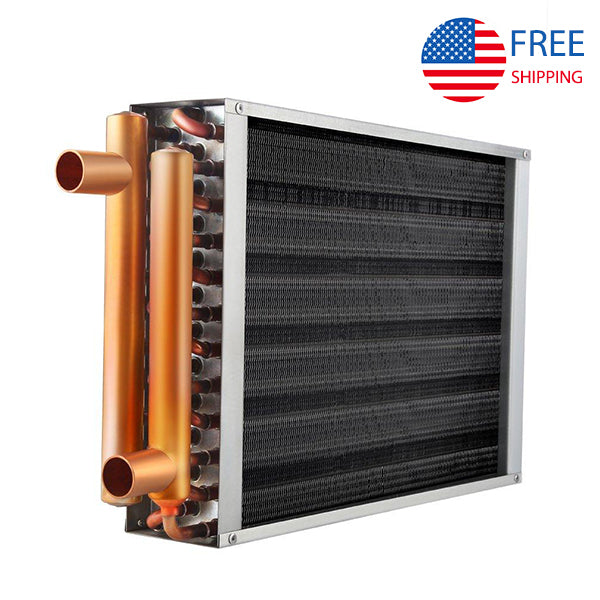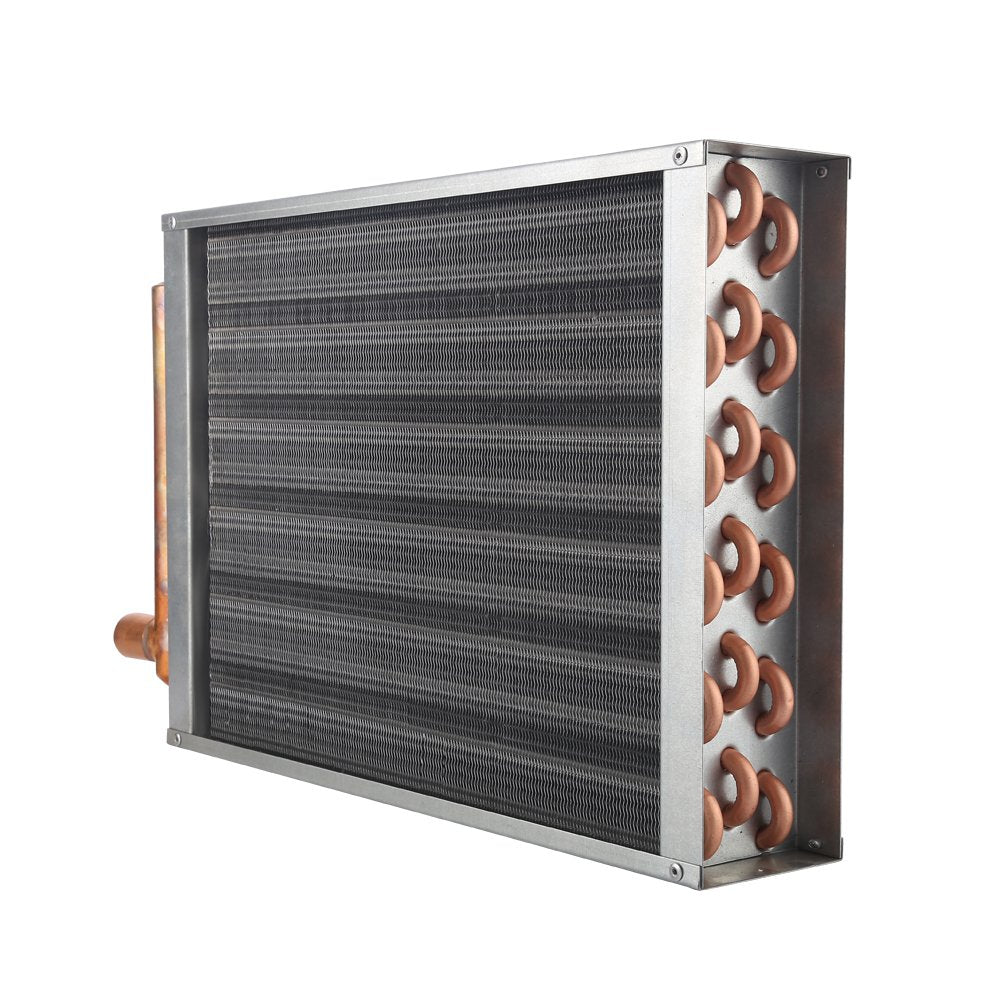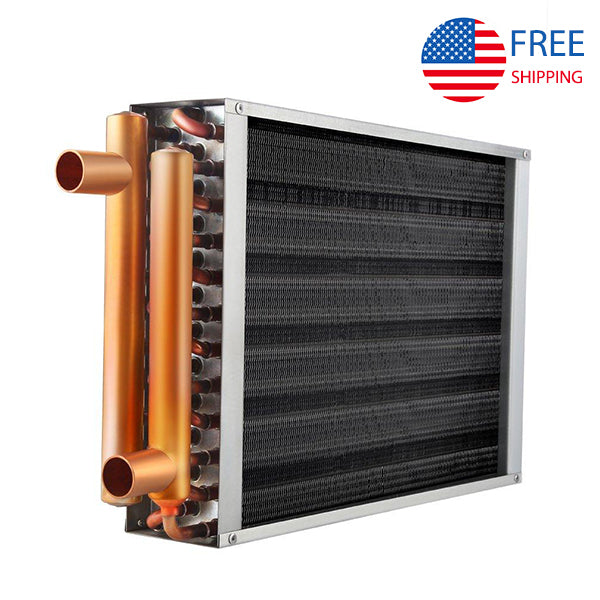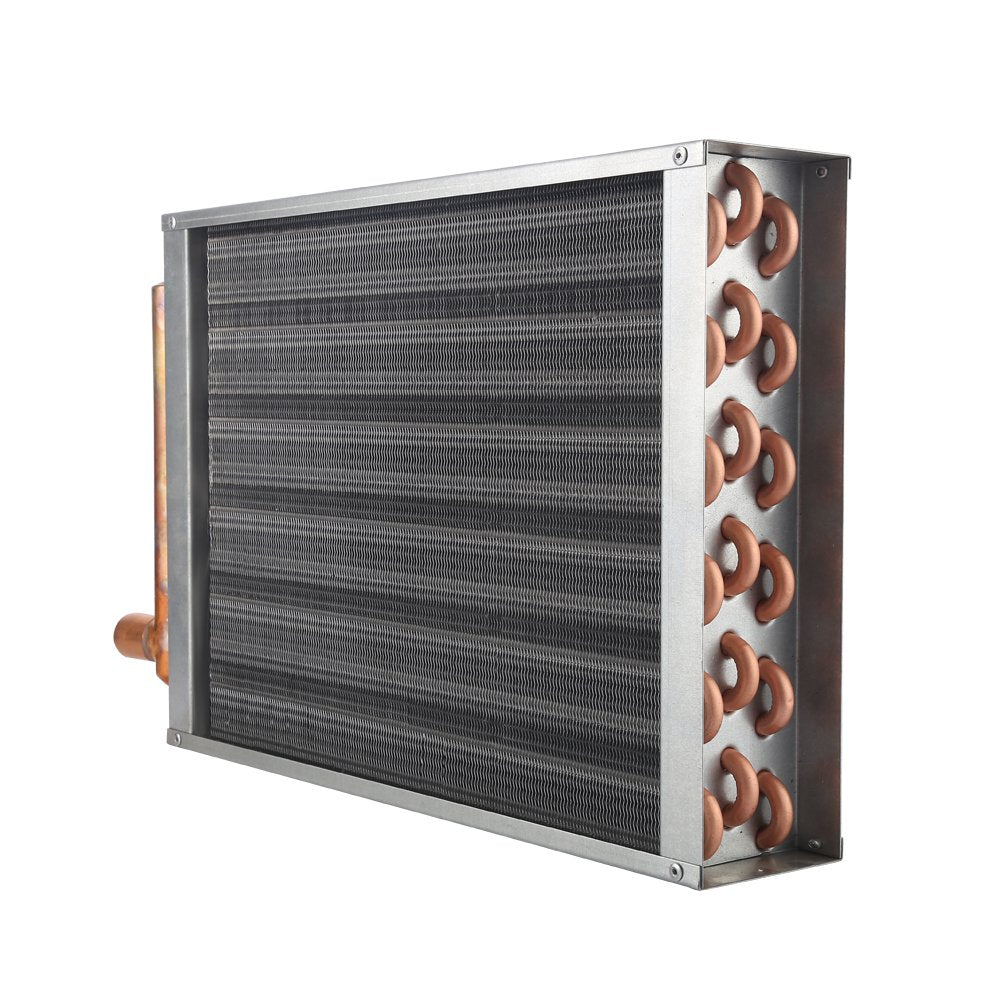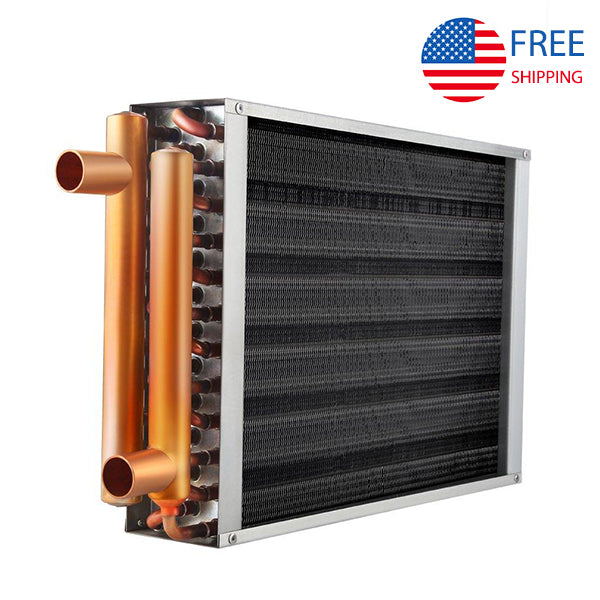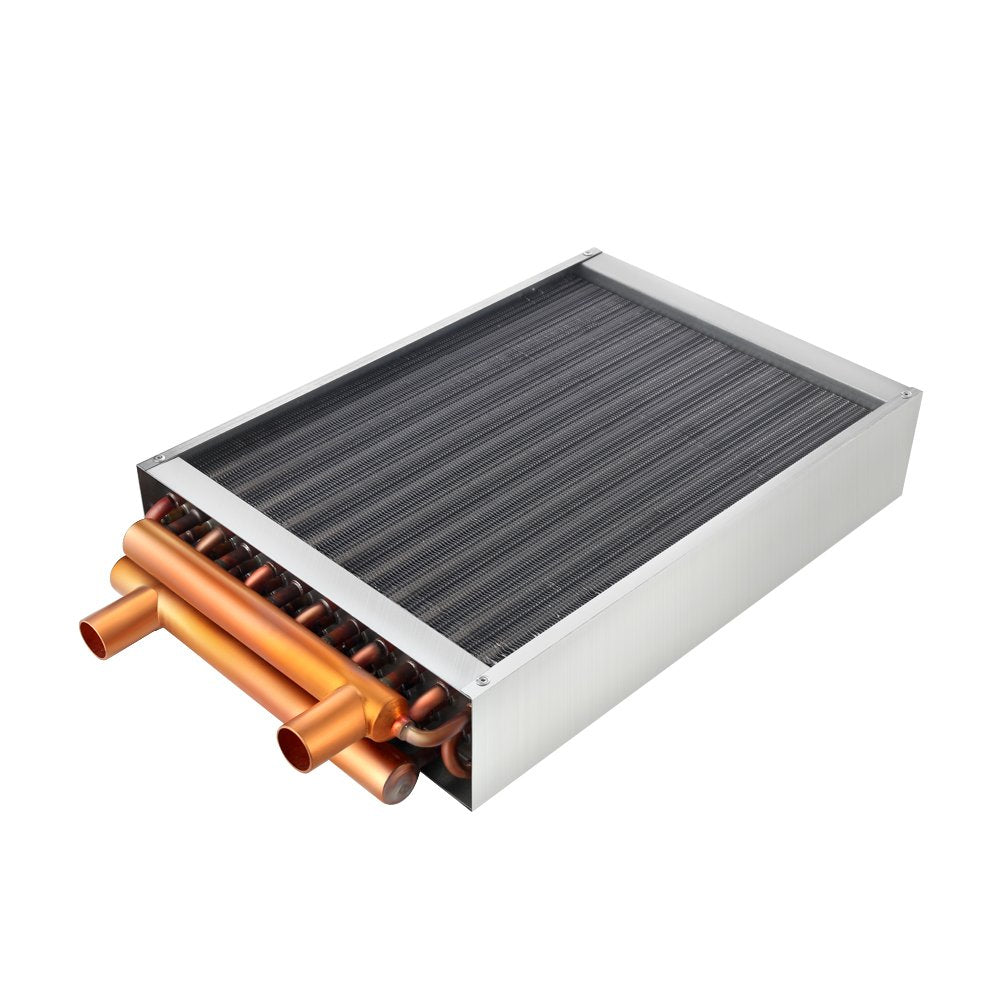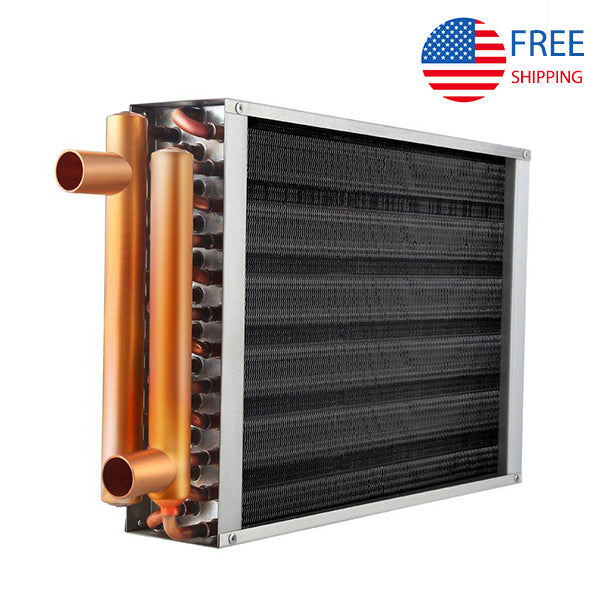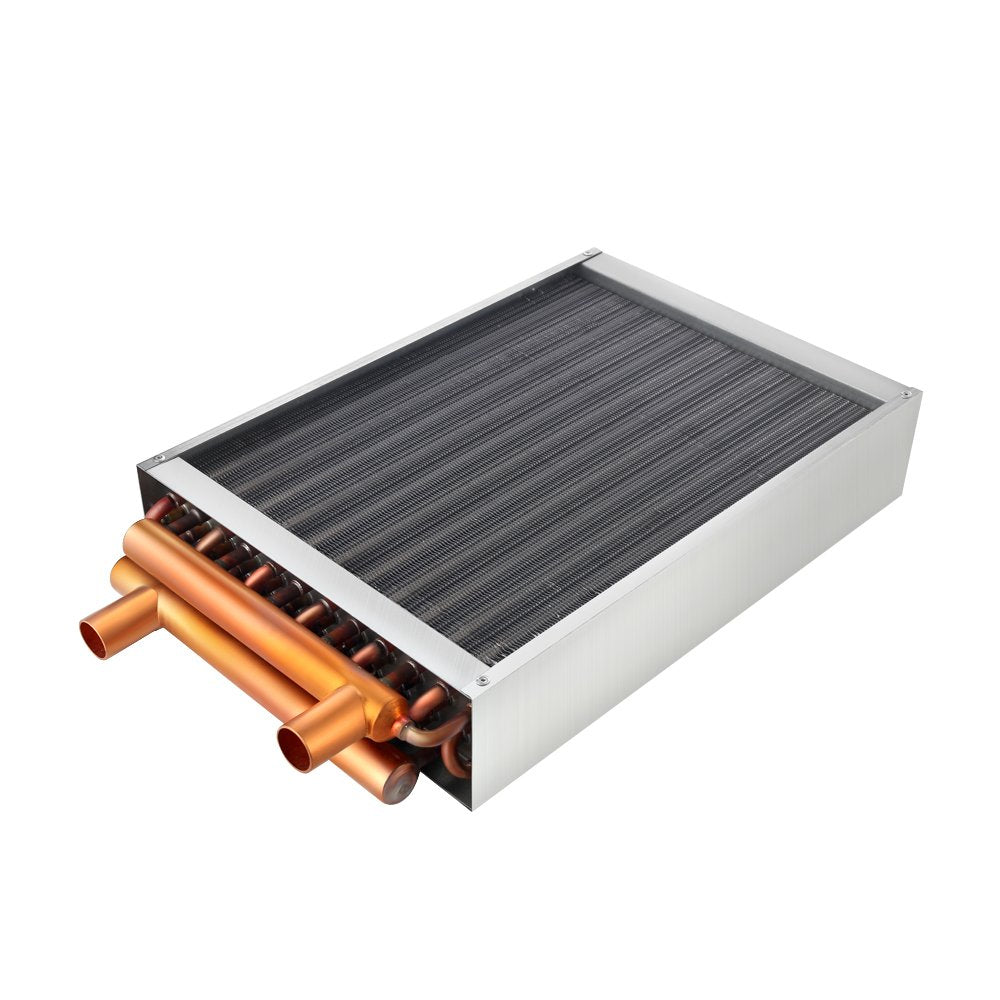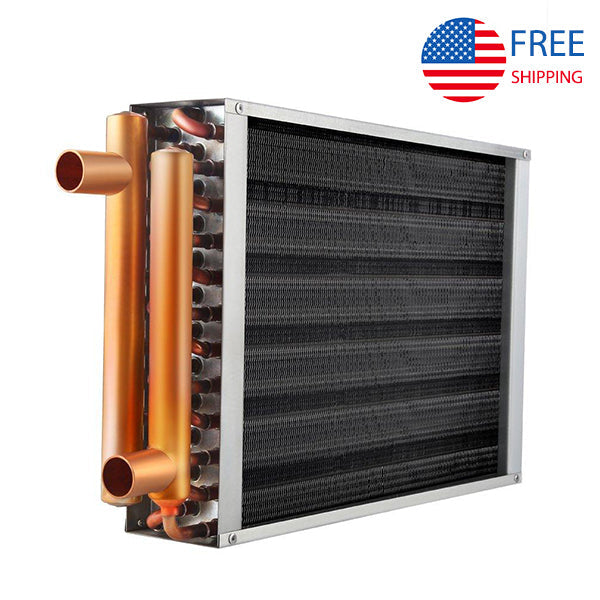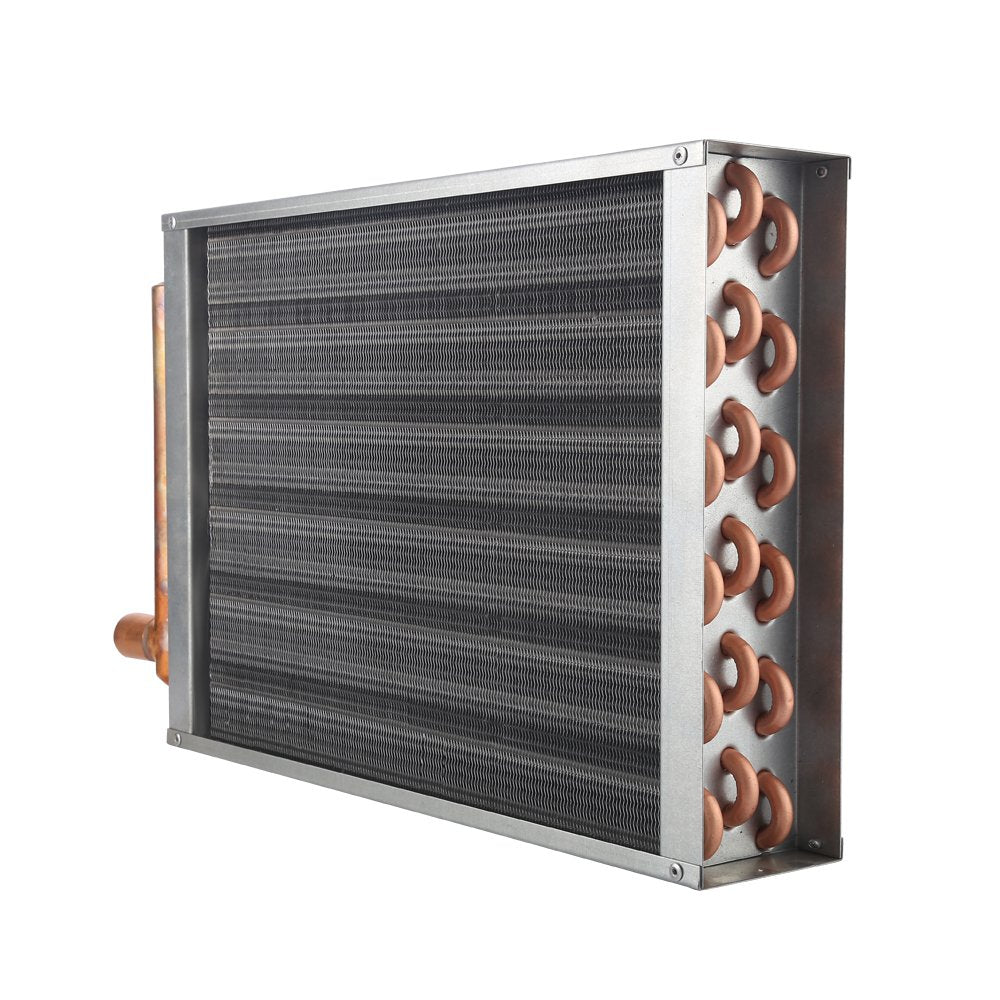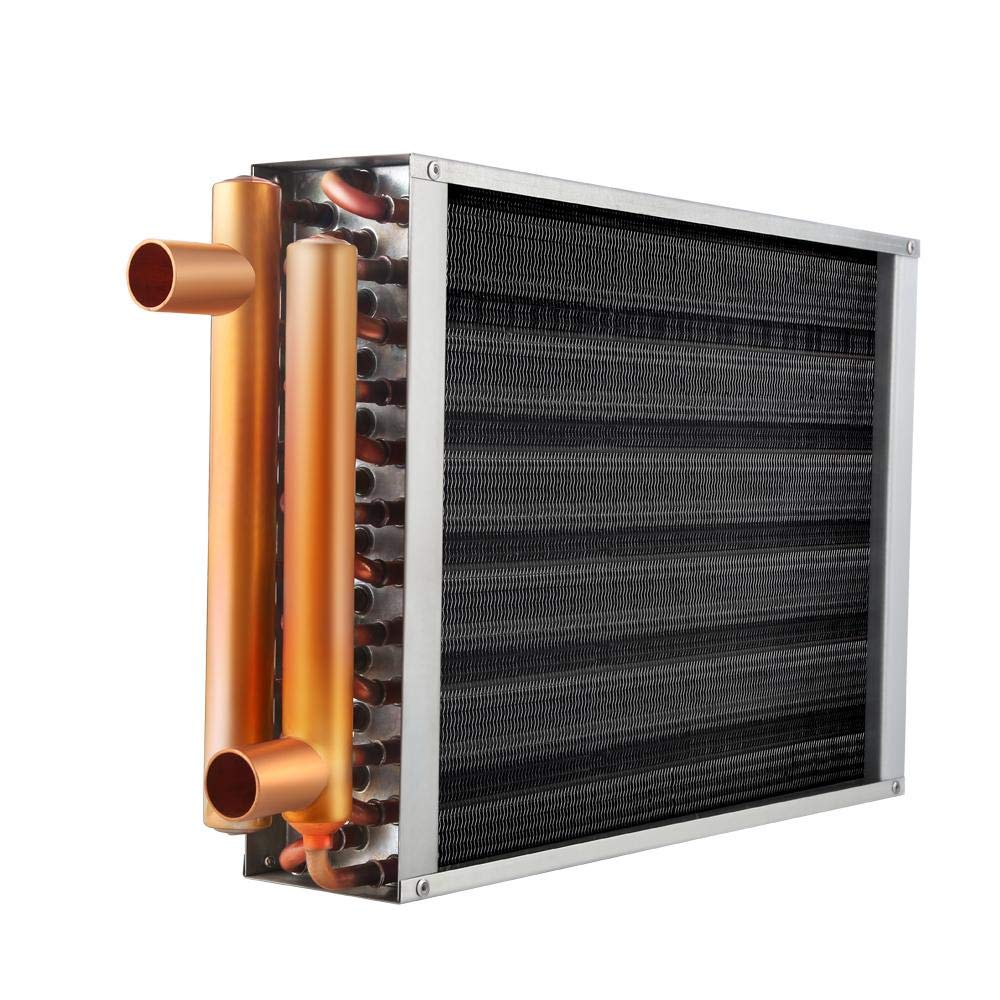
For smaller rooms with modest climate control demands, an Air to Water Heat Exchanger is a relatively simple and dependable cooling and/or heating alternative. Air to the water heat exchanger is also a great heat exchange alternative for those that have a big variation in ambient outside temperatures and their process/application. Air-to-water heat exchangers are worth consideration for just about every application since they are designed for ease, effectiveness, and longevity even in the toughest of situations.
What is Water-To-Water Plate Heat Exchanger?
Water heat exchangers heat warm water by using the latent heat from wastewater. Freshwater comes in and loops around the hotter wastewater that flows out in a conventional water heat exchanger. Through the inside walls, the wastewater transmits its thermal energy to the freshwater, heating it to about 100 degrees Fahrenheit and cooling the wastewater as it exits the device. Water to water heat exchangers come in a variety of shapes and sizes. Shell and tube heat exchangers and plate exchangers are the two most prevalent forms. Plate heat exchangers which are also known as plate-type heat exchangers are made up of multiple thin, perforated plates that are grouped. Each pair of plates produces a channel for one fluid to flow through, and the pairs are stacked and connected (by fastening, soldering, or welded) to create a second channel for the other fluid to flow through.
There are several modifications to the conventional plate design, such as plate-fin or pillow plate heat exchangers. Hooks or separators between plates are used in these exchanges, which allow for different flow conditions and more than two liquid channels to pass through the device.
Applications of Water to Air Heat Exchangers from WiseWater Alfa Heating Company
Domestic hot water heating, radiant floor heating, melting snow, and sun warming are all examples of commercial and industrial applications for water-to-water heat exchangers. WiseWater Alfa Heating Company’s Water to Air Heat Exchangers is suitable for use with refrigerants in refrigeration systems, as well as for wort chilling in brewers. Swimming pools and other maritime applications frequently employ shell and tube exchangers for heating. They can save you up to 70% on your water heating costs.
Water to water heat exchangers can be used by commercial and industrial enterprises that use city sewers to cool their wastewater to fulfill local requirements. They can decrease waste without introducing cold water to the waste stream by using a heat exchanger.
Heat exchangers at the wastewater discharge are occasionally used in electricity showers. As the water falls down the plug, it passes through a heat exchanger's copper tubes. Meanwhile, cold water that is being heated in the shower is pumped up through the same coils without mixing with the filthy water but taking up much of its heat losses and heating it slightly so that the showerhead does not have to heat it as much.

